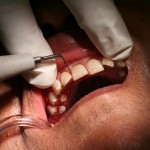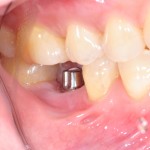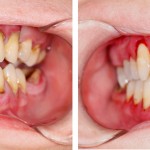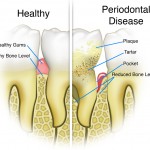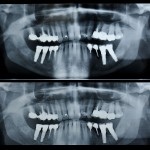
This review of whether supportive care is effective in preventing recurrence or progression of peri-implantitis included 15 studies. However none of the included studies was specifically designed to test supportive care regimens so there is a need for new well conducted and reported randomised trials of appropraite size and duration to provide better quality evidence.
[read the full story...]